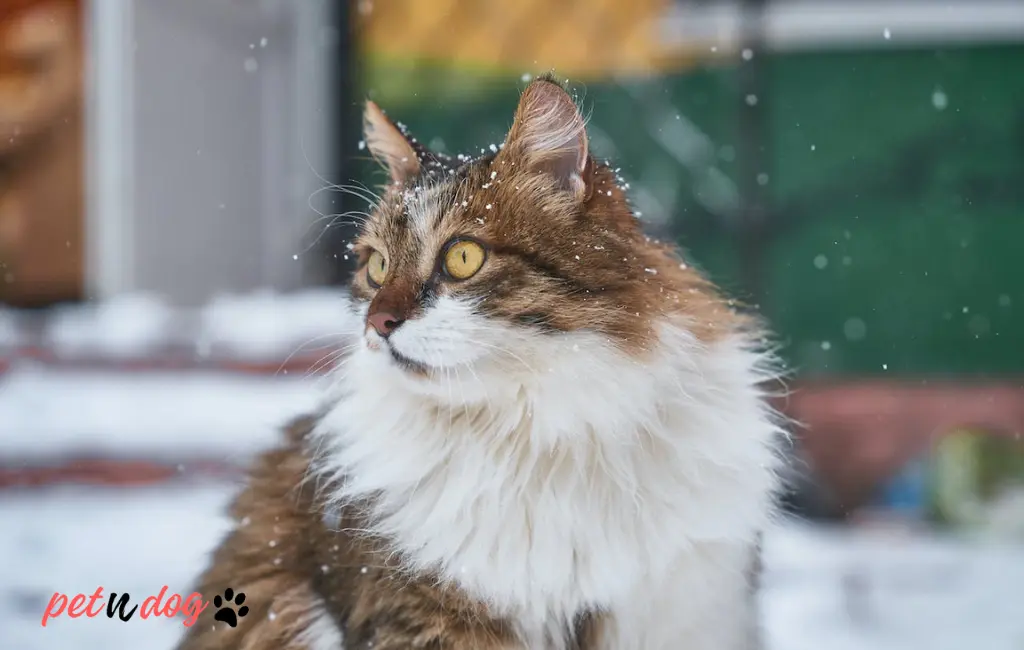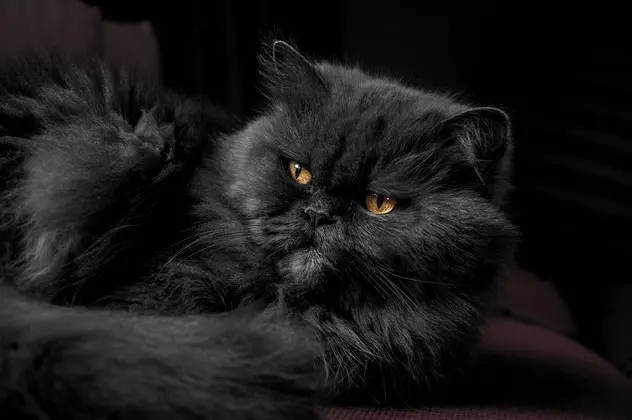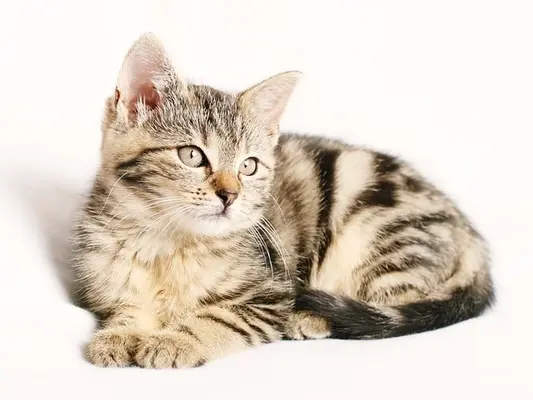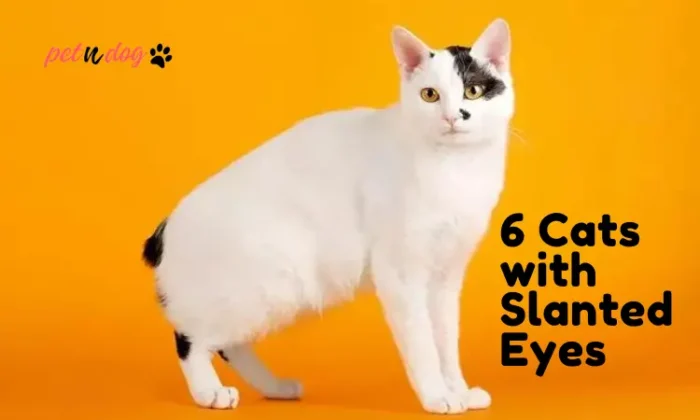When it comes to owning a Norwegian cat, the thought comes with great concern. Are Norwegian forest cats hypoallergenic? Because of which they face the problem of constant sneezing, watery eyes, and itchy skin. And that can reduce your happiness. In this article, we will review the myths and facts about hypoallergenic cat breeds. To find out if Norwegian Forest Cats should be with you. By the end of this article. You will find out if Norwegian Forest Cats hypoallergenic. Or just another allergic urban symptom?
Why are Norwegian Forest Cats Hypoallergenic?
What makes a cat breed hypoallergenic? It comes down to two factors: fur and dander.
Fur
Hypoallergenic cat breeds typically have little to no fur, or very short, fine fur that produces less of the Fel d 1 protein, the main allergen in cat dander and saliva. Breeds like the Sphynx, Cornish Rex, and Devon Rex lack thick coats of fur, while breeds such as Siberian, Norwegian Forest Cat, and Bengal have water-resistant fur that produces little dander.
Dander
Dander contains the Fel d 1 protein which many people are allergic to. Hypoallergenic cats naturally produce less dander, so their saliva, urine, and dead skin contain lower amounts of Fel d 1. Regular grooming can also help reduce dander. Bathing a cat once a week or once every other week may seem excessive, but for allergy sufferers, it can make a big difference in symptoms by removing dander and other potential allergens from the cat’s coat.
The most hypoallergenic cats tend to need little grooming and naturally produce little dander and Fel d 1, such as Siberian, Devon Rex, and Cornish Rex breeds. However, there are no 100% hypoallergenic cats. Some people may still experience an allergic reaction to breeds marketed as “hypoallergenic” due to individual sensitivity. The only way to know how you’ll react is to spend time with the specific cat you’re interested in before making a lifetime commitment. With the right precautions taken, allergy sufferers can still find a feline companion!

Origin and History of the Norwegian Forest Cat
The Norwegian Forest Cat, also known as the ‘Wegie’, has a long and storied history. These furry felines are believed to have traveled with the Vikings from Europe to North America over 1,000 years ago.
Originally bred as working cats, the Wegie was prized for its hunting ability. These cats kept farms and homes free of vermin like mice, rats, and squirrels. Over time, as the need for working cats declined, the Wegie became a companion animal and show cat.
Today, the Norwegian Forest Cat is recognized as Norway’s only native cat breed. These cats are best known for:
- Their large size and muscular build. Norwegian Forest Adult Cat males can weigh up to 20 pounds!
- A thick, water-resistant double coat. Their fur keeps them warm in cold climates.
- A plumed, bushy tail.
- Sweet, friendly temperaments. Wegies tend to be patient, and gentle and enjoy being around people.
If you’re looking for a feline companion that’s playful yet calm, the Norwegian Forest Cat could be perfect for you. Their laid-back demeanor and affectionate nature make them ideal for families with children or other pets.
While Wegies require frequent grooming to keep their coat from matting and tangles, they are otherwise low-maintenance. These cats are generally healthy and can live up to 16 years.
For a cat breed with a rich history and personality, you really can’t go wrong with the Norwegian Forest Cat. Their striking good looks and charming disposition will fill any home with joy and laughter for years to come.
Coat and Grooming Needs of Norwegian Forest Cats
Norwegian Forest Cats have a striking double coat that requires frequent grooming to keep tangle-free and looking its best. Their coat consists of a soft, wooly underlayer and a longer, water-resistant outer layer.
Brushing
The long outer fur should be brushed at least once a week to prevent matting and tangles. Use a slicker brush and metal comb, brushing in the direction of hair growth while gently working out any knots. Brush all the way down to the undercoat to remove loose hair and distribute oils.
Bathing
Bathe your Norwegian Forest Cat only when necessary, around once a month at most. Use a cat shampoo and conditioner formulated for long-haired breeds. Bathing too frequently can dry out their skin and coat. Always be very careful not to get water in their ears. After bathing, towel dry their fur and use a blow dryer on a cool setting to prevent matting.
Trimming
You’ll need to trim your cat’s fur, especially in problem areas like behind the ears, under the legs, and around the genitals. Use sharp cat grooming scissors and clippers, being very careful not to cut their delicate skin. Trim their nails regularly if they do not wear them down on their own.
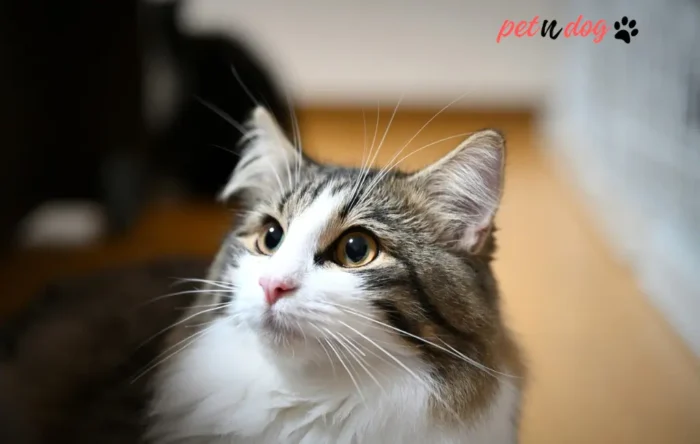
Seasonal Coat Changes
Norwegian Forest Cats develop a thicker undercoat in the winter that sheds in the spring. During shedding season, brush them frequently to remove loose hair. Bathing may be needed if matting occurs. Providing fatty acids and fish oil supplements can help promote a healthy coat year-round.
Keeping your Norwegian Forest Cat well-groomed will not only make them look their best but will also help limit hairballs, matting, and skin problems. Developing a regular grooming routine and schedule is key to managing their lush double coat. While time-consuming, grooming is an important way for you and your cat to bond. Their striking coat is one of the breed’s most endearing qualities when properly cared for.
Tips for Managing Allergies Around Cats
If you have allergies but still want to share your home with a cat, a Norwegian Forest Cats Hypoallergenic may be a good option. Here are some tips for managing your allergies:
Bathing
Bathe your Norwegian Forest Cats Hypoallergenic once a month to remove dander and allergens from their fur. Use a high-quality cat shampoo and conditioner to keep their coat clean and moisturized. Bathing can reduce up to 84% of airborne cat allergens in the home.
Grooming
Brush or comb your cat daily to decrease loose fur and dander. Vacuum frequently using a vacuum with a HEPA filter to pick up cat hair and dander. Wipe your cat down with a damp washcloth or cat wipes, especially after they’ve been outside.
Limit access to bedrooms
Keep your cat out of bedrooms and wash all bedding weekly in hot water to limit cat dander and allergens where you sleep.
Air purifiers
Place HEPA air purifiers, especially in rooms where your cat spends a lot of time. Air purifiers can remove up to 99.97% of airborne allergens like cat dander, saliva, and urine particles.
Immunotherapy
Ask your doctor about allergy shots or other immunotherapy treatments if your symptoms are severe. Immunotherapy works by gradually desensitizing you to the allergens that trigger your symptoms.
Medications
Use over-the-counter antihistamines, decongestants, or nasal sprays to relieve allergy symptoms like sneezing, runny nose, or congestion. See an allergist for prescription medication if your symptoms are not improving.
By following these tips, you can successfully manage your cat allergies and enjoy life with your furry Norwegian Forest Cat. While they may not be 100% hypoallergenic, with diligent control of dander and allergens, your symptoms can be greatly reduced. Talk to your doctor for more advice on coping with cat allergies.
Conclusion
So there you have it, the lowdown on Norwegian Forest Cats Hypoallergenic and allergies. While no cat is 100% hypoallergenic, the Norwegian Forest Cat may be better for allergy sufferers thanks to their minimal shedding and infrequent bathing needs. Their thick double coat means less dander and saliva on surfaces. Overall, if you want a cat but have cat allergies, a Norwegian Forest Cat could be a great choice.
Do some more research, spend time with the breed, and see how your allergies react. Who knows, you may find your new furry friend and a way to manage your allergies. The key is to go slowly and find what works for you. A Norwegian Forest Cats Hypoallergenic just might be the perfect companion for even the most sensitive of cat lovers.
